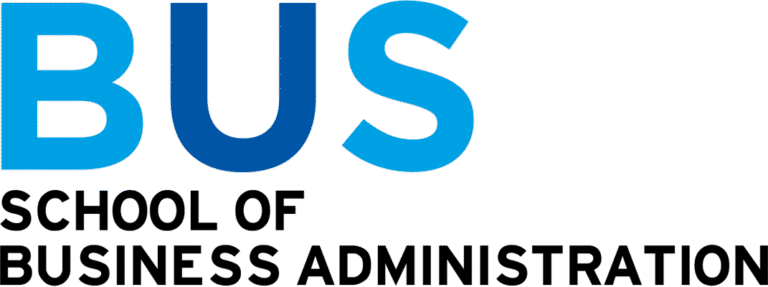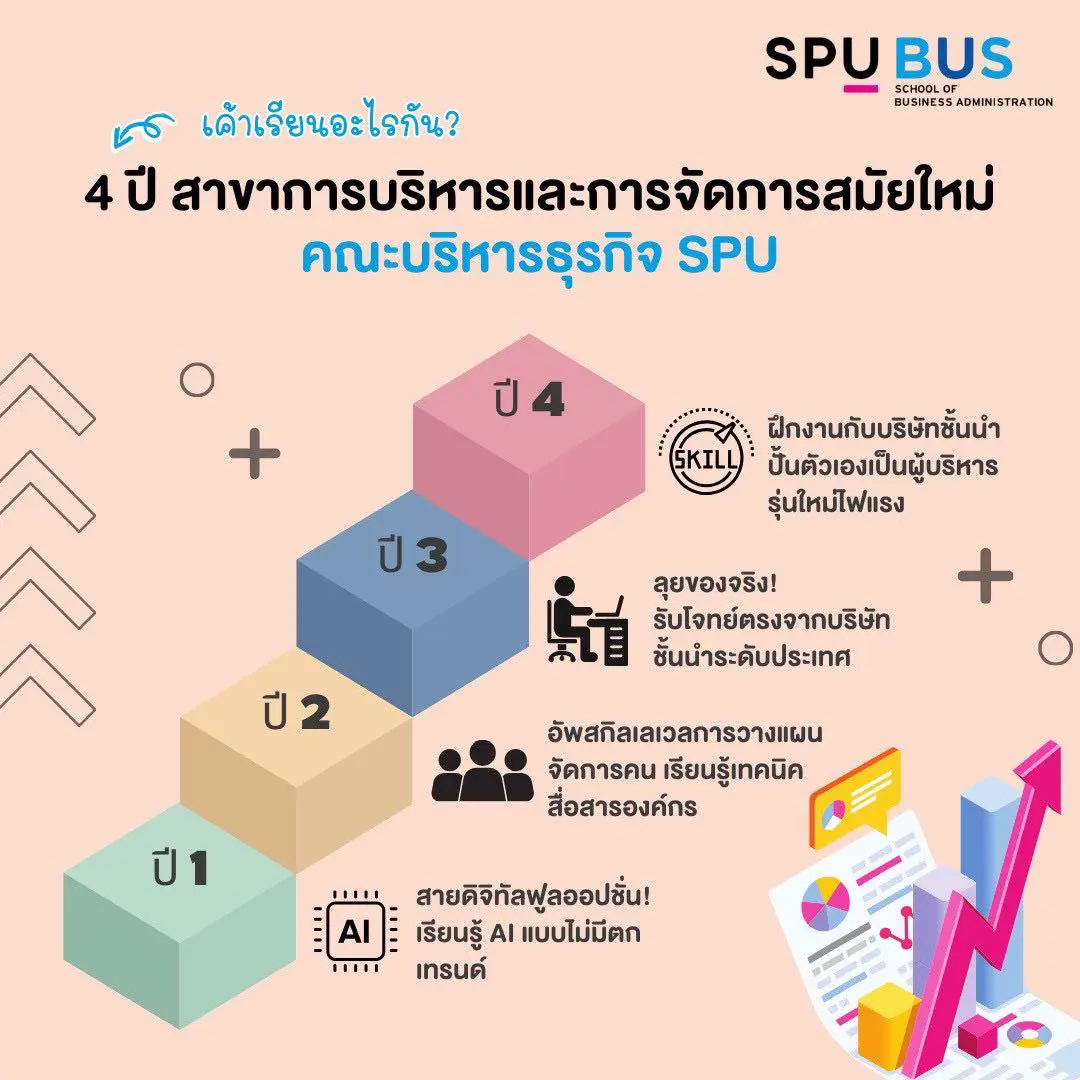7 Days 7 Digital Business Strategies by Assistant Professor Dr. Anupong Awiruttha
Many times businesses try to focus on buying ads, boosting posts to increase reviews on different pages or channels, or paying attention to posts that get a lot of likes or even posts that get a lot of shares of content. But the truth is,
Buying advertising does not mean that people are actually interested.
Having a lot of likes does not mean that people actually like you.
Having a lot of shares does not mean you can sell things and make money.
It’s time for businesses to change their mindset and have strategies for doing digital business. Here are 7 strategies for 7 digital businesses:
1. Social Media Optimization (SMO) will be necessary when social networks become a channel that many organizations use to communicate with customers and target groups. Optimizing social networks for maximum efficiency involves planning to share and distribute information as much as possible, installing tools that increase user participation such as share buttons, like buttons, retweet buttons, creating links back to the website, or making the most purchases.
2. Finding online influencers will play a role in creating a buzz (Online Influencer) When people communicate more in the online world of social networks, people who have a lot of followers and are in line with our business.
3. Identify location (Location) When many devices can identify the location of users, such as mobile phones, tablets, cameras or cars, and applications that can easily apply people’s locations to marketing, such as Foursquare, Google Map, Facebook Place, “customer location” starts to play a role and will make communication to customers more accurate and specific. For example, a donut shop in Siam Square can immediately know who is a customer who frequently buys products from the estimated check-ins of customers through various mobile programs.
4. Connect with the offline world (O2O Marketing) Online marketing will start to play a role in increasing sales for normal (offline) physical stores. Try to bring people from online to offline businesses.
5. Use technology intelligently (Semantic Technology) Each piece of information can be linked and created to create new forms of information that are appropriate for you automatically and immediately (Real Time). Therefore, marketers are beginning to see the importance of these different pieces of information and to put them together to create new forms of marketing strategies.
6. Know your target group through online behavior analysis (Behavioral Marketing & Analytic) We can understand and explore the behavior of our customers and target groups more easily because of the vast amount of data in the online world, whether it is website behavior data (Web Log) or social network usage data or even online communication, it can be collected and analyzed to help us understand the behavior of our target group or customers more. There are various tools to help, such as Google Analytics, Insight, Social Listening, or Social Monitoring to help us understand our customers better.
7. Convergence: As technology and media become more widespread, everything will begin to converge to create maximum efficiency. Using just one method may not be as effective as it should be. Therefore, we will begin to see a full range of communication to create maximum efficiency in modern marketing, with a variety of strategies and technologies under one main campaign or strategy.
#Learn with real people and real experiences
#Digital Business Management Program
#Faculty of Business Administration #SPU



















